The introduction stage of a product is the most critical phase in the product life cycle. We’ll explore what the introduction stage entails, its unique challenges, and how to leverage marketing strategies effectively.
Additionally, you’ll discover real-life examples of products in their introduction stage and actionable tips for navigating this crucial phase.
What Is the Product Life Cycle? Key Takeaways of the Product Life Cycle
The product life cycle is a framework that maps the journey of a product from its inception to its decline. This concept helps businesses understand the different stages of a product’s market presence, guiding marketing and business strategies at each phase.
The life cycle is divided into four stages: introduction, growth, maturity, and decline. Each stage represents a unique phase in a product’s life, characterized by distinct challenges and opportunities. Understanding this cycle helps businesses align strategies to maximize profitability and extend the product's relevance.
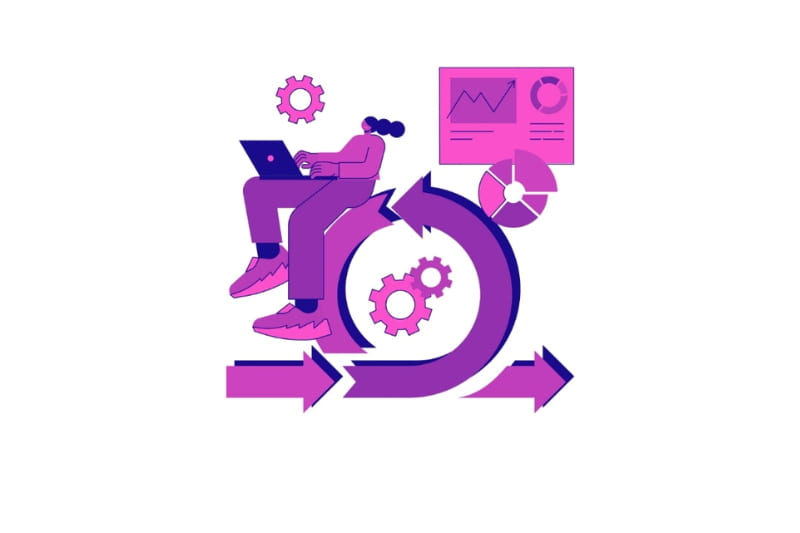
Key takeaways of the product life cycle:
-
Helps identify optimal marketing strategies for each stage.
-
Allows businesses to anticipate challenges and prepare solutions.
-
Guides pricing, promotion, and product development efforts.
Stages of the Product Life Cycle
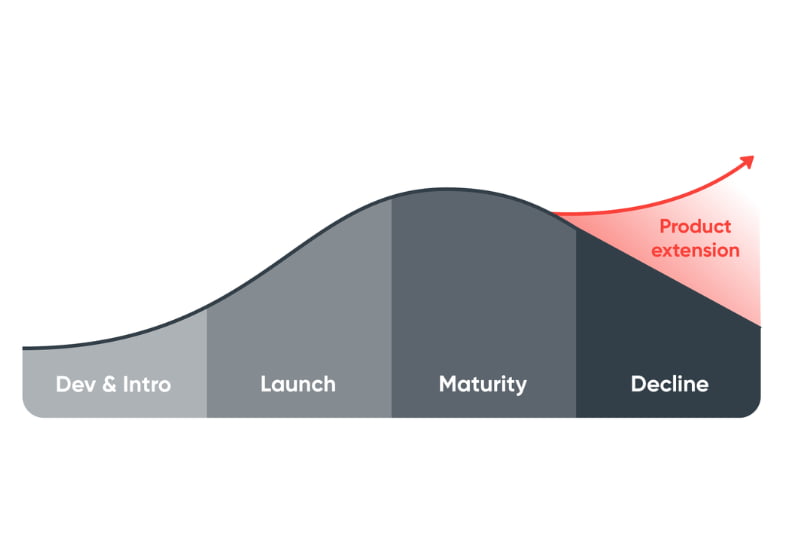
-
Introduction Stage: This phase focuses on launching the product, raising awareness, and creating a market presence. Products in their introduction stage often require significant investment in marketing and sales strategies.
-
Growth Stage: During this phase, demand surges, and companies expand their market reach.
-
Maturity Stage: Sales stabilize as the product achieves widespread adoption. Businesses often refine their strategies to maintain relevance.
-
Decline Stage: As demand dwindles, companies may discontinue the product or revamp their offerings to remain competitive.
Among these, the introduction stage of a product life cycle demands the most effort and resources. Products in the introduction stage need careful planning and execution to build momentum and secure market acceptance.
Introduction Stage of the Product Life Cycle
The introduction stage of a product is often considered the most challenging yet rewarding phase. This stage is characterized by launching new products, educating the market, and laying the groundwork for future growth.
What Is the Introduction Stage?
The introduction stage of a product life cycle refers to the period when a product is first introduced to the market. Businesses focus on generating awareness and sparking interest among potential customers. Products in this stage often experience slow initial sales as consumers become familiar with the offering.
For example, products in the introduction stage, such as new tech gadgets, sustainable goods, or beauty products, require strategic promotion to overcome consumer skepticism and encourage adoption.
Key Features of the Introduction Stage
Several defining characteristics distinguish this phase from others:
-
High Marketing Costs: Significant investment is required to promote the product, establish distribution channels, and educate the target audience.
-
Low Revenue: Sales are typically slow as the market gradually embraces the product.
-
Customer Education: The focus is on informing potential buyers about the product’s benefits, features, and unique value.
-
Market Uncertainty: Businesses face unpredictable demand as they navigate a competitive landscape.
Common Challenges during the Introduction Stage
Introducing products at the introduction stage can be daunting. Here are some common obstacles businesses face:
-
Limited Awareness: Without an established reputation, gaining visibility is a major hurdle.
-
Customer Skepticism: New products often face resistance as consumers question their value or reliability.
-
High Financial Risk: Launching a product requires substantial investment, often without immediate returns.
-
Distribution Barriers: Ensuring the product is accessible to the target audience is crucial but can be logistically challenging.
By addressing these challenges with a sample product launch marketing plan, businesses can increase their chances of success. Therefore, to overcome these challenges, businesses need robust strategies and experienced partners like VietnamEvent, which specializes in creating impactful product launch events that captivate audiences and drive results.
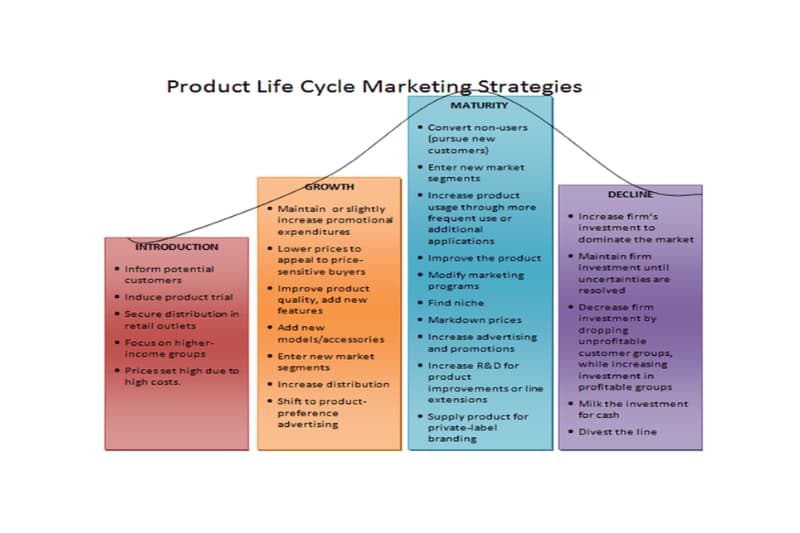
Marketing Strategies in the Introduction Stage
Marketing is the backbone of success for products in the introduction stage of the product life cycle. Effective strategies not only generate awareness but also drive customer engagement and conversion.
The Four Ps of Marketing in the Introduction Stage
The marketing mix, also known as the Four Ps, plays a crucial role in shaping the trajectory of products in the introduction stage.
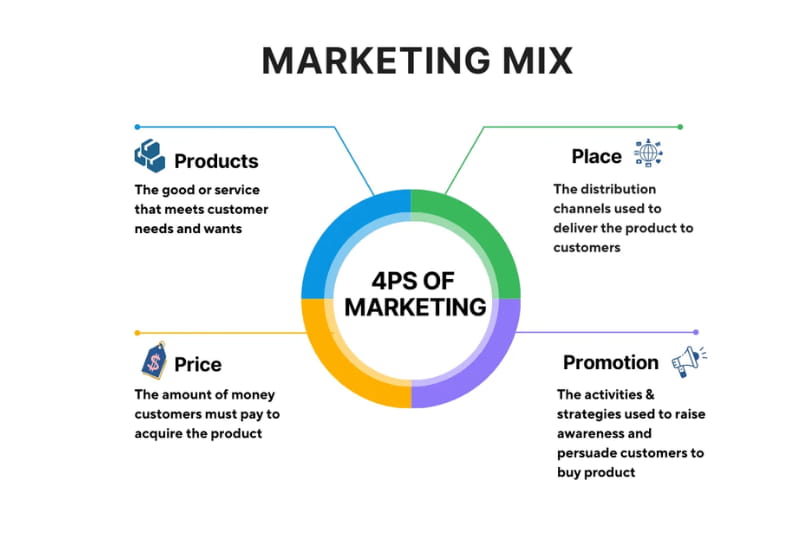
-
Product: Highlight the product's unique selling points (USPs). For example, products currently in the introduction stage like eco-friendly alternatives can emphasize sustainability and environmental benefits.
-
Price: Implement pricing strategies that attract early adopters. Options include penetration pricing (low introductory prices) or price skimming (higher prices to capitalize on novelty).
-
Place: Ensure the product is available through the right channels, whether e-commerce platforms, retail stores, or direct sales.
-
Promotion: Craft compelling campaigns using social media, influencer partnerships, and launch events to spark interest and drive sales.
Promotion Tips to Introduce Your Product
When promoting products at the introduction stage, creativity and precision are key. Consider these tips:
-
Harness Social Media: Platforms like Instagram, TikTok, and LinkedIn are ideal for building buzz. Share teaser campaigns, behind-the-scenes content, and user testimonials.
-
Host Memorable Launch Events: Events provide a platform to showcase your product while engaging directly with your audience. VietnamEvent’s expertise in organizing immersive product launches ensures a lasting impression.
-
Collaborate with Influencers: Influencers can bridge the gap between your product and its target audience, especially for beauty and tech products in the introduction stage.
-
Offer Introductory Deals: Discounts, free trials, or bundled offers can entice early adopters to give your product a try.
Types of Products in the Introduction Stage
The introduction stage of a product life cycle can span various industries. Examples include:
-
Technology: Gadgets, apps, and software often require extensive marketing to educate users and drive adoption.
-
Consumer Goods: Innovative products like plant-based foods or zero-waste packaging appeal to niche audiences initially but have the potential to scale.
-
Beauty Products: Skincare and cosmetics as products in their introduction stage thrive on product sampling, influencer reviews, and creative branding.
-
Healthcare: Pharmaceuticals and wellness products rely on strategic market entry and thorough testing.
Key Success Factors in the Introduction Stage
Successfully navigating the introduction stage requires a combination of product launch strategy, creativity, and resilience.
Solid Investment and Financial Planning
Launching products in the introduction stage demands significant resources. From marketing campaigns to distribution logistics, businesses must plan their finances meticulously to sustain operations during this phase. Therefore, it is important to allocate resources strategically in your product launch marketing plan to cover those above-mentioned sectors.
Strong Market Research and Customer Feedback
Market research is the foundation of a successful launch. The first step that could be done for a marketing plan for products at the introduction stage is market segmentation with demographic, geographic, psychological, and behavioral factors. Understanding customer pain points, preferences, and purchasing behavior can guide product development and marketing efforts. Additionally, gathering feedback from early adopters helps refine the product and improve customer satisfaction.
Marketing and Branding Consistency
Consistency across all marketing channels ensures your messaging resonates with your audience. A strong brand identity helps establish trust and makes your product memorable. Ensure your sample product launch plan for the introduction of the product life cycle includes guidelines for tone, visuals, and key messaging.
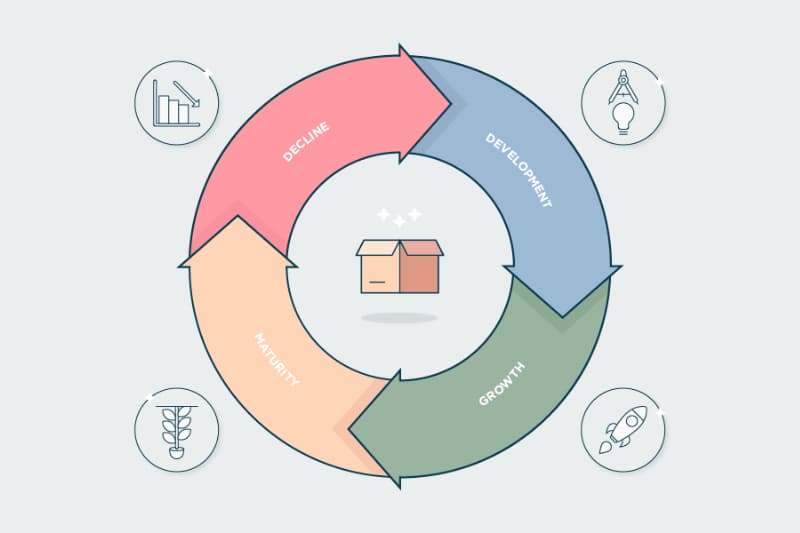
Avoiding Common Mistakes
Here are some pitfalls to avoid when introducing a product:
-
Underestimating Competition: Failure to differentiate your product can lead to poor performance.
-
Neglecting Customer Support: Providing excellent customer service is essential to address concerns and build loyalty.
-
Skipping the Launch Event: A well-executed event can create buzz and establish credibility.
-
Not investing in an attractive and impressive product introduction slide can make the product launch event less effective and boring.
Avoiding these pitfalls is crucial for creating a successful plan for the introduction stage of a product.
>> Read more: 8 New Product Launch Examples Inspire Your Next Launch
VietnamEvent’s Expertise in the Introduction Stage
When it comes to organizing product launches, VietnamEvent stands out as a trusted partner. With years of experience crafting innovative and impactful events, VietnamEvent ensures your product receives the attention it deserves.
If you're looking for a product launch service to elevate your event, please contact us today through the hotline, mobile, or WhatsApp at (+84) 913 929 182 - (+84) 918 640 988 to learn how we can support your next product launch.
One notable example is a cosmetics launch that transformed attendees into “interns” exploring different departments of a beauty brand. This unique concept not only showcased the product but also provided an immersive experience that resonated with the audience.
Conclusion
The introduction stage of a product life cycle is both exciting and challenging. It requires a solid marketing plan, strong financial backing, and a well-researched understanding of the market. By implementing these strategies, you can ensure that your product makes a successful entry into the market.
Views: 429

